It was the lines of the 1851 agricultural schedule that drew me in to the life of Thomas Herse. I knew this Thomas Herse was not the Thomas Albert Hersey of my research. But these statistics were foreign, fascinating, and compelling. The data were irresistibly absorbing, captivating, spellbinding, mesmerizing. Each line painted a Eureka of mid 19th century farm life. I studied the entries and thought, "...but, where was the woman?"
The stains on the old paper blurred and shifted into forms. Out of the schedule lines and markings emerged new and slowly changing colors - little bumps of cream bulged into bales - discolorations of red-browns and greens grew legs and branches. Out of the unfolding fuzzy blotches of gray and brown blinked pairs of glaring red eyes, peering through the emerging bushes and trees. Odd squares raised between the words "oxen", "pigs", "cow" and "calf", corralling them into sectioned spaces. The census dashes for male / and female / grew little legs and arms. These stick figures, dawned in the yards of cotton and flannel, picked up their tools, pulled their shanty out of the earth, and began to work the barrel containing the cream. The dot above the word "blacksmith" grew glowing red, dropped into a stone pit and spewed fire onto the tongs and the pots of maple sap.
The stains on the old paper blurred and shifted into forms. Out of the schedule lines and markings emerged new and slowly changing colors - little bumps of cream bulged into bales - discolorations of red-browns and greens grew legs and branches. Out of the unfolding fuzzy blotches of gray and brown blinked pairs of glaring red eyes, peering through the emerging bushes and trees. Odd squares raised between the words "oxen", "pigs", "cow" and "calf", corralling them into sectioned spaces. The census dashes for male / and female / grew little legs and arms. These stick figures, dawned in the yards of cotton and flannel, picked up their tools, pulled their shanty out of the earth, and began to work the barrel containing the cream. The dot above the word "blacksmith" grew glowing red, dropped into a stone pit and spewed fire onto the tongs and the pots of maple sap.
Thomas Herse was a new tenant on 180 acres, 70 of them under Wood or Wild. And, in the opinion of the census enumerator, the land was overpriced for lack of good roads. Oh, but Thomas Herse was canny. He was not going to survive solely on his farm. He took pride in being a blacksmith, his trade in Ireland just five years prior. And he had enough acreage to use for 'lumbering'; but that would be a future enterprise. By staying safely within the local staples of potatoes, peas, oats and wheat he was determined to give the farm a go. And he had Mary Ann.
Thomas had an instinct - he knew this land was not over farmed (it had never been farmed) and he sensed that the time was right in this part of the world for a booming farm economy. He was speculating accurately that the economic pit of the early 1800s in this area was over. Besides, there were larger townships in which to use his smithy talents if the farm failed. His brother Alfred had a farm nearer Kingston. There had been bad luck for those farmers last season. Over farming. Hail Storm.
Aside farming, he could do smithy work in fair weather. His hearth, a stone furnace beyond the pig pen, was set in a safe enough locale. He didn't dare set up the work near the shanty. Mary Ann wouldn't tolerate the heat, the smell, or the danger. It was great hard work but they had cleared the space, selected the best stones, and erected a simple forge sufficiently deep for heat. And he owned adequate bellows and tools. He had been told about the deposits of coal and iron ore in the area for those willing to mine or barter. It was a clever side enterprise. He was able to provide basic farrier duties and metal working for much of the rural folk in Victoria County. Perhaps next season he could put up a proper semi-enclosed forge. But Mary Ann wanted her log hall-and-parlour first. The shanty was a bit…rough.
In harsh weather when there was no farming to be done Thomas made his way to the new foundry in Peterborough to work as an extra hand, leaving Mary Anne to tend to the winter chores alone. They had no children; each had succumbed to boat fever (typhus) on the ocean journey. He seemed able to suppress the feelings over their deaths. And he seemed able to suppress any concerns over Mary Ann's safety. Wild weather. Wolves. Bears. Snakes. This was not selfishness. This was survival necessity. Besides, she was a brave shot with the musket and had decent survival skills.
In harsh weather when there was no farming to be done Thomas made his way to the new foundry in Peterborough to work as an extra hand, leaving Mary Anne to tend to the winter chores alone. They had no children; each had succumbed to boat fever (typhus) on the ocean journey. He seemed able to suppress the feelings over their deaths. And he seemed able to suppress any concerns over Mary Ann's safety. Wild weather. Wolves. Bears. Snakes. This was not selfishness. This was survival necessity. Besides, she was a brave shot with the musket and had decent survival skills.
Mary Ann picked up much of the farming chores and he was thankful for her work. He had made her the loom, spindle and butter churn, and had purchased her raw wool. She was a great hand spinner and had been able to weave 26 yards of basic home spun for the market last season. She also had a strong arm for that Butter churn. Together they collected and boiled the maple sap, heated and carded 30 yards of rough woolen flannel, tended the pigs and oxen, butchered the pigs, and, his favorite, cured, and smoked that pork. Boiling maple, smoking and salting pork; the aroma and victuals made most hardships tolerable.
The oxen team had been their major purchase; an unimaginable 65 pounds. They were bought in Toronto along with the piglets, cow, and used Brown Bess musket. To their delight, the cow had soon produced a calf. The oxen had been one of their few disagreements. Thomas had planned to clear and till the land with only a hand tiller along with the strength of his back, legs, and arms. Mary Ann had argued successfully for the team. She was right. It made an exponentially huge difference in speed and ease of production. With the team and Mary Ann's help he had produced the peas, potatoes, and oats - the main food staple for the whole area. His bushels would be transported through the waterways and pathways to Barrie, and from there to points unknown. South to the mills in Rochester. East to Quebec. Maybe over the water to England.
But he did have another suspicion about the oxen. Mary Ann was shy to hitch up and handle the team. This meant she didn't have to do any of the tilling. Smart woman, that Mary Ann. No matter. She did everything else.
To find the individual family members in the '1851 Census of Canada East, Canada West, New Brunswick, and Nova Scotia' I had to scroll backwards through the pages to reach the population statistics. I do not know enough of the sub divisions of old Veulam to know exactly where Thomas and Mary Ann's farm was actually located. Sub district number 357 was not enough information. Perhaps one of you will be able to fill in that information. They may have been located near Bobcaygeon, which had a mill completed in 1840. Thomas did seem to have a relative named Alfred working a farm in nearby Kingston.
I have no idea if Thomas and Mary Ann argued, how much, or over what. But the purchase of the oxen would have been a major expenditure. I also have no idea if Mary Ann was or was not willing to hitch up that team and participate in the tilling. She most likely did planting and reaping. To follow up on the couple, in the 1861 census they were no longer on the farm but living in the township of Emily near the large foundry in Peterborough. The area was known for having a large Irish Protestant community. Common knowledge claims that many Irish fled poverty and famine in the mid 1800s, immigrating to the Americas. The fact that both Herse families were listed as members of the Protestant Church of England in the censuses may indicate an additional clue to the possible reasons for their 1845 migration from Ireland.
A poignant touch in the 1861 census shows that the couple had taken in a young school girl - not a family member - an Irish girl named Ann Revington from Ennismore in Upper Canada. Their house was a log house - much more comfortable than the shanty. Perhaps they had abandoned the farm. Perhaps they managed it from the distance.
I have no idea if Thomas and Mary Ann argued, how much, or over what. But the purchase of the oxen would have been a major expenditure. I also have no idea if Mary Ann was or was not willing to hitch up that team and participate in the tilling. She most likely did planting and reaping. To follow up on the couple, in the 1861 census they were no longer on the farm but living in the township of Emily near the large foundry in Peterborough. The area was known for having a large Irish Protestant community. Common knowledge claims that many Irish fled poverty and famine in the mid 1800s, immigrating to the Americas. The fact that both Herse families were listed as members of the Protestant Church of England in the censuses may indicate an additional clue to the possible reasons for their 1845 migration from Ireland.
A poignant touch in the 1861 census shows that the couple had taken in a young school girl - not a family member - an Irish girl named Ann Revington from Ennismore in Upper Canada. Their house was a log house - much more comfortable than the shanty. Perhaps they had abandoned the farm. Perhaps they managed it from the distance.
Educated readers will have accurately surmised that I have next to zero knowledge of farming, smithy work, or rural life in 1850 Ontario. I had much help from the following sources:
Unequal Beginnings
Agriculture and Economic Development in Quebec and Ontario until 1870
By John McCallum
University of Toronto Press, 1980
ISBN 9781442682894 1442682892
I was so surprised to find that John McCallum was not a stereotypical adjunct teacher stuck in a back room of some smallish college. I was going to send him an email thanking him for writing the book - but I think he probably doesn't read such trivial correspondence.
The Irish in Ontario - A Study in Rural History
By Donald Harman Akenson
McGill-Queen's University Press, 1984
ISBN-10: 0773520295
ISBN-13: 978-0773520295
Historical Atlas of Canada , Vol. II - The Land Transformed, 1800 - 1891
University of Toronto Press, 1993
ISBN 0-8020-3447-0
AND - I have had uncontrollable urges to consume huge quantities of barbeque pork while preparing this blog.
Other Great Sources used in creating this story:
MAPS!!
A Few Canadian Critters by John James Audubon
Farming and Canada Links Page One
Farming and Canada Links Page Two
Unequal Beginnings
Agriculture and Economic Development in Quebec and Ontario until 1870
By John McCallum
University of Toronto Press, 1980
ISBN 9781442682894 1442682892
I was so surprised to find that John McCallum was not a stereotypical adjunct teacher stuck in a back room of some smallish college. I was going to send him an email thanking him for writing the book - but I think he probably doesn't read such trivial correspondence.
The Irish in Ontario - A Study in Rural History
By Donald Harman Akenson
McGill-Queen's University Press, 1984
ISBN-10: 0773520295
ISBN-13: 978-0773520295
Historical Atlas of Canada , Vol. II - The Land Transformed, 1800 - 1891
University of Toronto Press, 1993
ISBN 0-8020-3447-0
AND - I have had uncontrollable urges to consume huge quantities of barbeque pork while preparing this blog.
Other Great Sources used in creating this story:
MAPS!!
A Few Canadian Critters by John James Audubon
Farming and Canada Links Page One
Farming and Canada Links Page Two

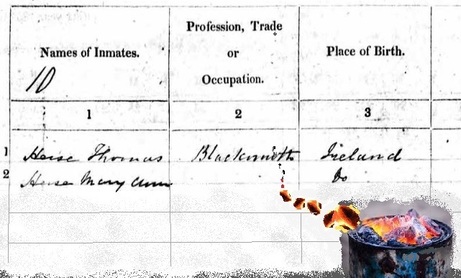
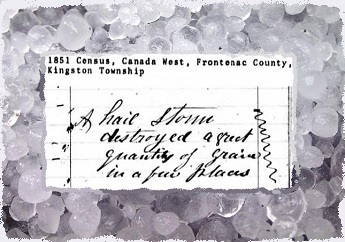
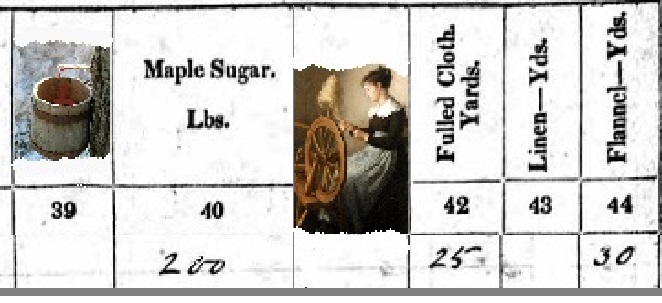
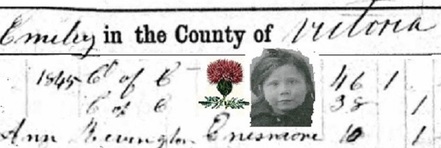
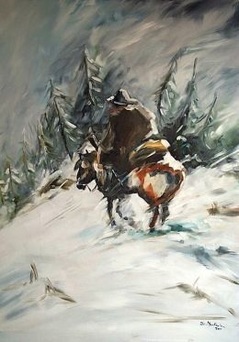
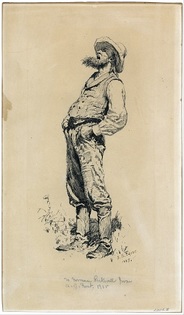
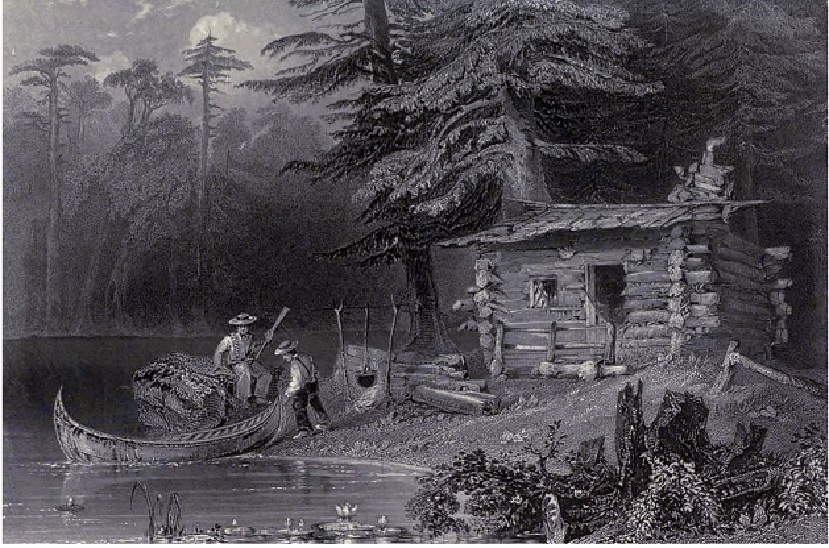
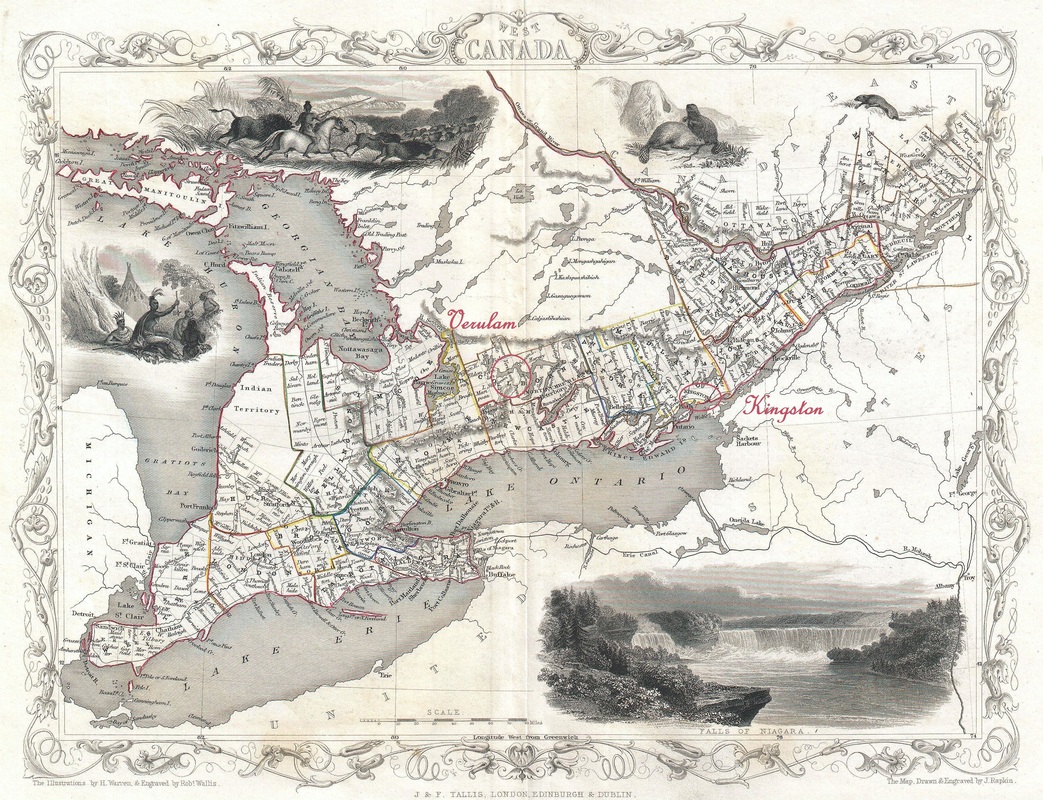
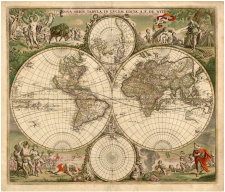
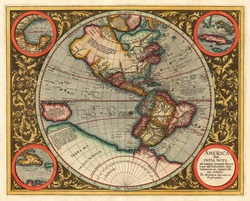
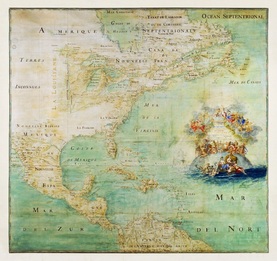
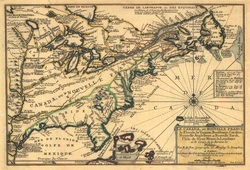
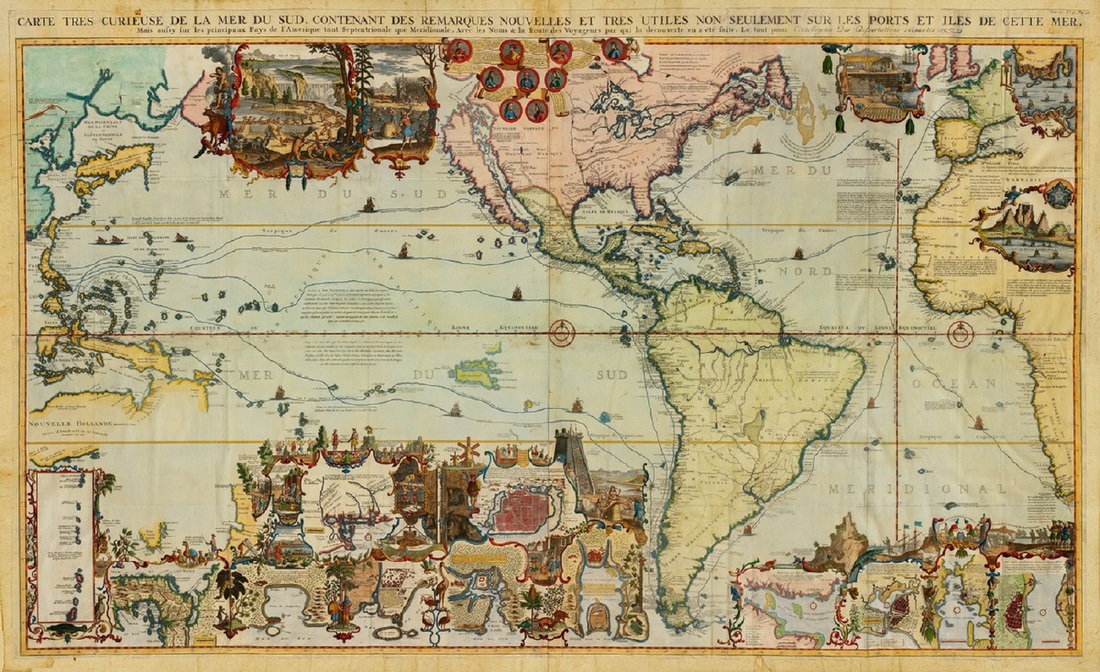
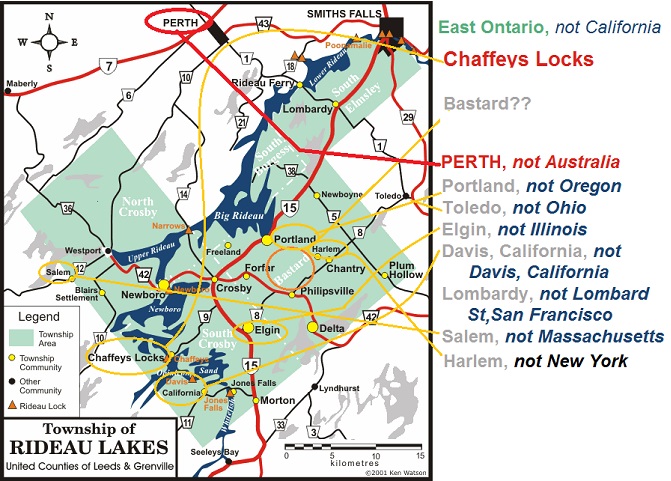
 RSS Feed
RSS Feed